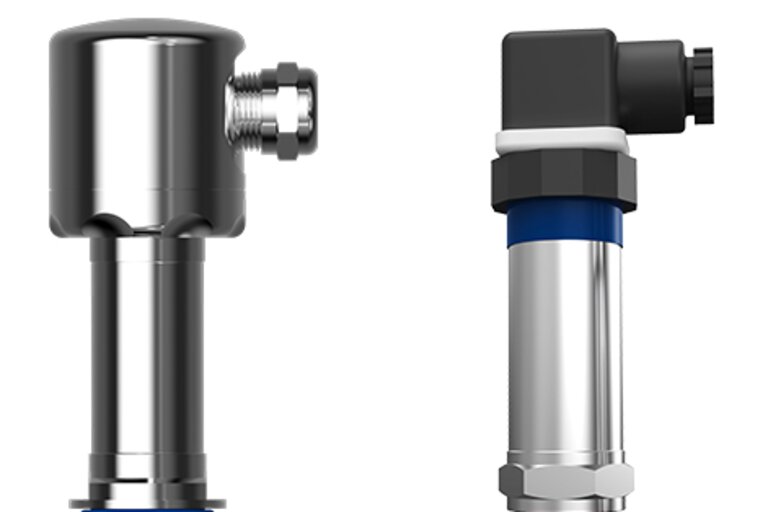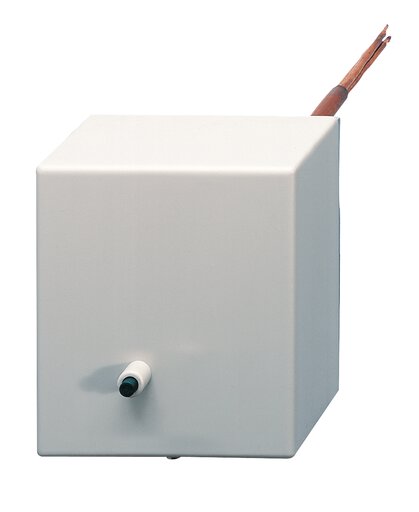

PED Pressure Equipment Directive
PED, or EU Directive 2014 68, is an important piece of legislation for, among others, manufacturers and distributors of pressure equipment. What are its key features and what practical implications does it have for the manufacture of sensors and transmitters measuring pressures above 200 bar?
What is the PED? Pressure equipment directive 2014 68 eu
The Pressure Equipment Directive (PED) is a piece of European Union legislation that aims to harmonise regulations for pressure equipment and assemblies with a maximum allowable pressure of more than 0.5 bar. It obliges the member states of the European Union to create regulations that comply with the requirements of the Directive.
The PED provides a legal structure so that pressure equipment do not need local approval regime in each Member State to be manufactured and sold throughout the European Union.
Pressure equipment
Not all pressure equipment is covered by this Directive. Pressure equipment covered in the Directive include:
-
vessels - an enclosure designed and built to contain fluids under pressure,
-
pipelines - components of pipelines designed to transport fluids,
-
safety accessories - equipment with utility functions and pressure-resistant enclosures,
-
pressure accessories, where applicable, including components attached to parts which are under pressure, such as flanges, nozzles, spigots, supports or lifting lugs.
What are the key requirements of the 2014 68 EU Directive (PED)?
PED directive - guidelines that pressure equipment must comply with
-
The design, manufacture, testing and even the equipment and installation of pressure equipment should be carried out to ensure safety.
-
Conformity assessment should be carried out according to specific modules (e.g. C2: Conformity to type based on internal production control and supervised inspection of pressure equipment at random intervals) depending on the category of pressure equipment.
-
The manufacturer is obliged to analyse and assess the hazards.
-
Any pressure equipment should be designed and manufactured taking into account harmonised standards.
-
Pressure equipment should use ductile and resistant materials.
-
It is necessary that the properties of non-separable joints, e.g. welded joints, meet at least the guidelines specified for base materials, and non-separable joints, such as welds, must be performed by welding personnel in accordance with procedures.
-
Non-destructive testing (NDT) must be carried out by suitably qualified personnel.
-
The joint strength factor (0.7, 0.85 or 1.0) should be specified by the designer.
-
A final inspection and hydraulic test should be carried out after fabrication of the equipment.
-
Pressure equipment should have a rating plate.
-
An instruction manual in the user's language should be provided by the manufacturer.
-
The manufacturer must demonstrate that the pressure equipment meets the design requirements for safety - CE mark and declaration of conformity.
Who is affected by the obligations under the PED?
The PED applies to pressure equipment with a maximum allowable pressure greater than 0.5 bar.
-
manufacturers of pressure equipment
-
authorised representatives carrying out tasks at the manufacturer's request
-
importers who are established in the European Union and sell and supply pressure equipment within the EU
-
distributors who make pressure equipment available for sale.
What are the categories of the PED?
The application of the PED design factors and tables leads to one of the 4 PED categories: I, II, III or IV. Category I indicates the lowest degree of hazard and IV the highest.
What are the categories of the PED?
The application of the PED design factors and tables leads to one of the 4 PED categories: I, II, III or IV. Category I indicates the lowest degree of hazard and IV the highest.
What is the SEP category of the PED?
In addition to the hazard categories, Article 4(3) singles out the concept of a Member State's Sound Engineering Practice (SEP). Equipment covered by this article has a pressure of more than 0.5 bar, but does not pose a high hazard. They are not CE marked, but must have an instruction manual.
Are PED and CE the same thing?
CE and PED are not the same thing, but they are closely related. The CE marking is a symbol of product safety. It is a certification for specific products intended for sale in the European Union. CE marking is in accordance with the Pressure Equipment Directive (PED 2014/68/EU). Pressure equipment with an operating pressure greater than 0.5 bar falls within the scope of the PED and therefore CE marking is required by law.
PED Directive - Pressure sensors and transmitters
If pressure devices are to measure pressures in the range 0.5 to 200 bar, it is sufficient to design them according to the principles of 'Good Engineering Practice' (GEP).
For pressure sensors and transmitters having a pressure of more than 200 bar it is necessary:
-
the application of a conformity assessment procedure, in some cases this may be internal production control
-
fulfil the essential safety requirements of Annex I of the PED, including a pressure test to check pressure resistance
-
preparation of an EC Declaration of Conformity and CE marking of the equipment.
JUMO equipment complies with the PED
Many of the devices in the JUMO product range comply with the safety requirements of the PED directive, including:
Thermostats for hot air for built-in applications, e.g. JUMO WTHc
These devices are certified in accordance with directive 2014 68 eu and are suitable for use in hot air systems in accordance with DIN 4794. They consist of 3 separate measuring and switching circuits with the following functions: temperature controller TR, temperature monitor TW and safety temperature limiter STB.

Hot air thermostats WTHc series
Panel-mounted thermostat, e.g. JUMO heatTHERM
These universal thermostats are available as temperature controller TR, temperature monitor TW , safety temperature monitor STW or safety temperature limiter STB. Compliant with directives: PED and RoHS.

Panel-mounted thermostat
JUMO safety electronic temperature limiters/monitors M STB/STW Ex
These devices comply with PED and DIN EN 14597 and SIL2/3, PLD/e. They are also available in a version for potentially explosive atmospheres.

Safety temperature limiters JUMO safetyM STB/STW Ex
Level sensors/switches
Such as the JUMO NESOS R04 LS curved float switch for switching alarms, pumps, indicator lamps, valves and audible alarms and the JUMO NESOS R20 LT | JUMO float level transmitter for shipbuilding and hazardous areas.
- ${title}${badge}






